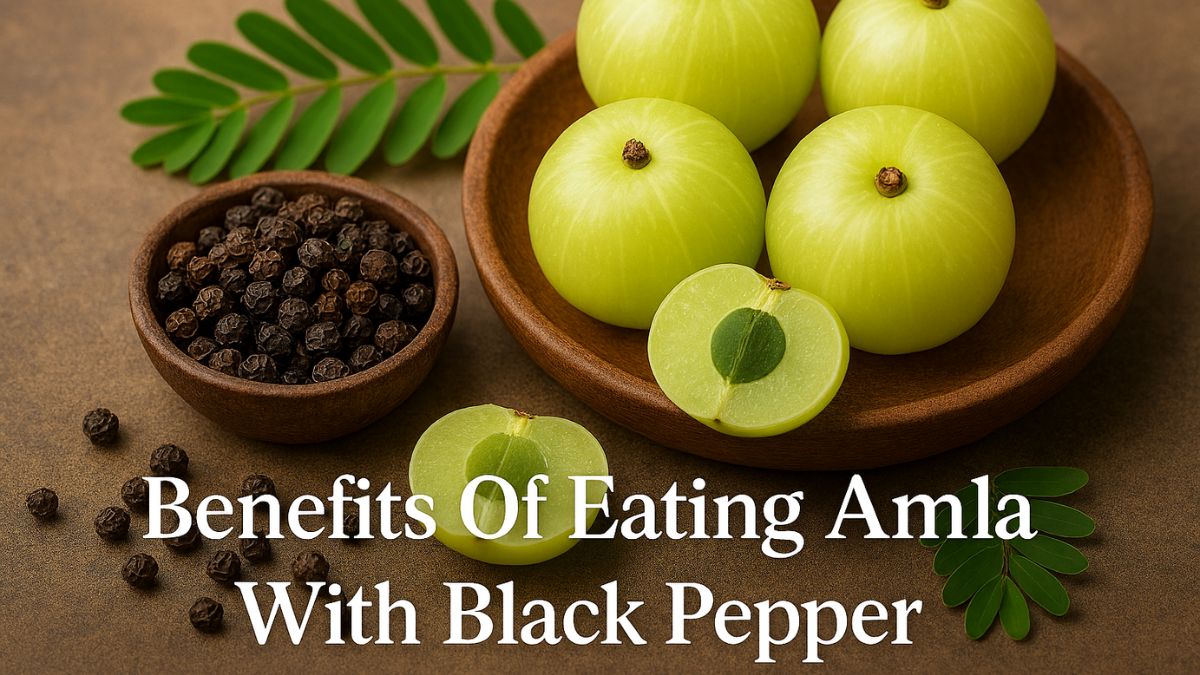Why is wax applied on apples, anyway?
Apples have a high water content, but they also produce their own wax which coats the fruit, reduces moisture loss and keeps them fresh for a longer period. After the apples are picked from the farms, growers wash them to remove field dirt or any leaf litter. Some of the natural wax is then washed away, also removing the shine it had. So, these growers or sellers apply a coat of edible synthetic wax to make up for it. These apples are coated with shellac or carnauba wax to add shine and improve their look. A coating of wax will help seal the moisture, therefore extending the life of the fruit. Waxed apples look so new and fresh that you wouldn't know the difference between a fresh one and one that is a year old! As per the US Food and Drug Administration, apple growers are permitted to use a certain quantity of wax on apples. However, you cannot be sure of the amount that is actually used to increase its longevity. The types of wax allowed are beewax, shellac, carnauba and petroleum jelly and these are referred to as edible coating.
 Apples have a high water content, but they also produce their own wax which coats the fruit
Apples have a high water content, but they also produce their own wax which coats the fruitWax coating plays with the quality of apples you eat. One of the effects it has is called anaerobic respiration that can occur in the fruits since the wax can act as an oxygen barrier. It can be used to disguise the quality of apples. Waxed apples may look glossy, shiny and firm, but they could be soggy and tasteless instead.
They can also play havoc with your digestive system. According to Bangalore-based Nutritionist Dr. Anju Sood, "The natural wax present in apples is easily digestible and does no harm to the body. On the other hand, wax coating is done to preserve apples for as long as they can. The wax used may not be easily absorbed by the body and can be harmful for the colon or the small intestine."
Dietitian Mehar Rajput from FITPASS in New Delhi notes, "Wax coated apples can lead to health hazards like respiratory issues, ulcers or even infections. There are times when you can feel some discomfort after eating them. It is always good to get rid of the wax before consuming it." Here are six
- Dr. Sood suggests dipping the apple in hot water for a few seconds to remove the wax. Once you take out the apple from the hot water, wash it again under running tap water.
- Another method is to mix one tablespoon of lemon juice and one tablespoon of baking soda in water. Dip each apple in this mixture and scrub it using a vegetable brush. Rinse them under tap water once you are done.
- You can also use vinegar instead of lemon juice mixed in water. Scrub the apples and rinse with water before consuming.
- Apple cider vinegar is also a good option. Use a paper towel or clean cloth to wipe the apple with the solution. Wash the fruit with water later.
Another method to avoid the wax is to peel the skin off and then eat the apple. However, not many recommend this as you might be losing out on all the nutrients and especially, the fiber which is packed in the apple skin. Remember to wash the apples with clean water several times before you finally consume them.












